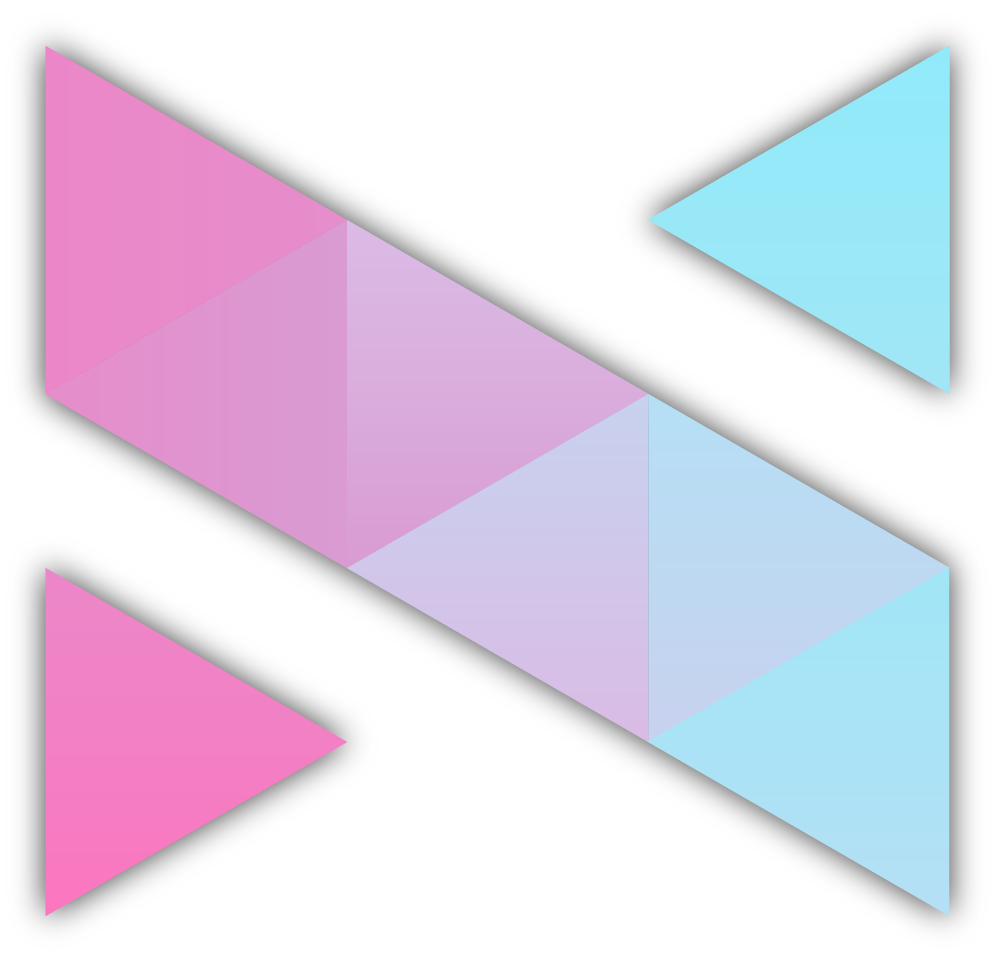Do you remember your classroom from back in the day? If you were to visit now, it would probably look totally different. Students used to have books, binders and paper notebooks. Classrooms were focused on the chalkboard, with students’ desks in tight rows facing it. Nowadays, the classroom is centred on personalised learning and digitalisation has started to reshape the learning environment. Modern classrooms are being redesigned for personalised learning and shared knowledge-building. Students are using devices, screens and mixed reality tools to access an immersive learning experience. Education is moving towards hybrid learning, such as face-to-face classroom learning combined with online e-learning. Technology is making different pedagogical approaches easier to arrange. An example of this flipped learning is online lectures before class and group discussions during class. The student is becoming an active participant instead of just receiving information transmitted by the teacher. Digital tools offer many opportunities to engage students and make learning accessible.
Interaction improves learning
Interaction is the key to achieving results and there are many interactive digital tools. They can help people interact faster and more frequently. These tools can also enhance collaboration. The learning process itself can become more interactive through flexible and reactive learning materials that are accessible through students’ personal devices. This new system of learning through technological tools can also help bring students together. Students today often work in small groups on specific tasks, assisted by their devices, then present their results to the whole class. Technology makes this type of collaborative knowledge-building more effective and easier to implement. It also teaches students to independently work effectively, interactively and creatively, a necessary skill into the constantly-changing society they will graduate into.
Interactive learning is not just important for students. It’s also important for teachers. The role of the teacher has changed in the last few years. Instead of foisting information on students, they facilitate student discoveries. By using the right technology, the teacher can keep track of the student’s learning status. Teachers can give students more individualised responses, such as materials that review a subject in a different way. This can drastically improve a student’s results.
Adapting to the student
Lessons can now be personalised the needs of an individual student in a way that never would have been possible before. Several learning apps integrate adaptive algorithms which learn from students how best to teach them and hold their interest. Gamification is another great way of making lessons interesting. It can help everyone from kids learning difficult concepts to adults learning new skills. Duolingo is a great example of an app that makes a mobile game out of learning a new language. Google’s virtual reality programs help spark the imagination of even the most reticent student.
Training social skills
It’s becoming more important to train soft skills and social capabilities to prepare students for the modern environment. The world is changing rapidly, and more complex problems are demanding solutions. No one can solve all these problems alone; you need help from others. Modern technology allows you to work with people all over the world. From video chats to shared documents, international collaboration is so much easier. Technology has not only made ‘soft skills’ like cross-cultural communication into vital educational goals – it’s also made them much easier to teach. Through technology, we can have the whole world in one place.
Institutional costs
So, what’s the catch? As with any improvement, digital transformation requires investment from learning institutions. First and foremost, there needs to be support from across the school. All the technology in the world will do nothing to help students if it’s left on the shelf. Part of that is making sure everyone who’s expected to use the new technology is given the time and support to learn to be comfortable with it. Once that’s in place, it’s important to make sure there’s system-wide compatibility. Don’t make the mistake of throwing unrelated technologies together and expecting them to work seamlessly.
After almost two centuries of largely unchanged educational practices, the sector is engaging in a massive evolution. If done thoughtfully, students will be the winners.
Niina Halonen (M.Ed.) is a Business Development Manager at LG Electronics, focusing on education customers’ needs in Europe. Researching Technology-mediated collaborative knowledge building processes and ability to renewal as a part of her PhD studies at the University of Helsinki.
Happy to connect!
